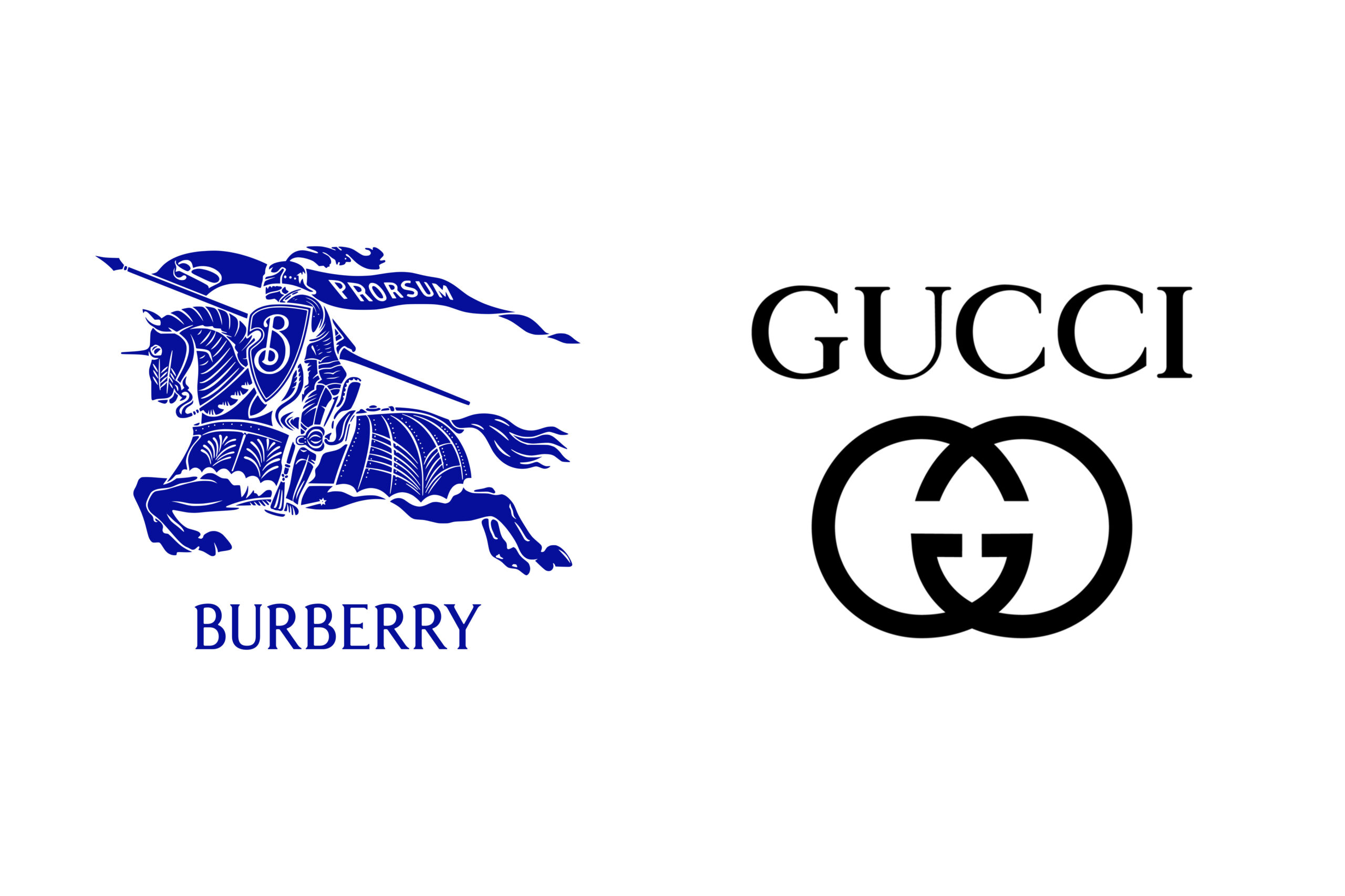A short time after the decision of the Office of European Trademarks, which has (correctly) placed limits to the indiscriminate protection of the well-known tartan of Burberry (and reported in the April issue of this Newsletter), the criminal section of the Court of Cassation (judgment 12640/2023) – putting an end to a dispute by the alternating events in the Courts of merit – has instead ruled in the opposite direction and has sanctioned – also on the criminal front – the protection of ultramerceological of the well-known marks “green-red-green tape” of Gucci and “Burberry Check”, the latter, as deposited in black and white, to be considered protected in any color or color combination.
In essence, the Supreme Judges have established, in the criminal court ( and therefore in a particularly delicate area, also for the social impact that is proper to him), that such signs, as they are counted among the “famous” brands enjoy a protection that “must be extended to all product sectors, including completely unrelated to the brand’s interest, where it risks, in the opinion of the average consumer, the confusion of the attribution of the reproductive product of the brand, the design or the original model, strongbecause widely known”.
This stance (which is not technically entirely flawless, as is often the case with criminal decisions, in the field of industrial property), seems excessive, first of all because it goes beyond even the jurisprudence of the Enterprise Sections (as well as that of the ECJ) in the matter of protection of the mark of renown, which, relying on the dictate of art. 20.1(c) of the Industrial Property Code (cpi) and the corresponding art. 9.2 (c) of the Regulation on European Trademarks (RMUE) has repeatedly reiterated that the ultramerceological protection of the renowned trademark is subject to the verification of the fact that the use of the next sign (a) allows its owner to take unfair advantage, without justification, the reputation of the famous brand, or (b) it adversely affects the latter.
On the basis of this legislation, the Specialised Courts have denied that there could be any possibility of an injury to the famous mark, when the sign hypothetically in conflict (in some cases even completely identical), is used in product sectors “completamente estranei all’interesse del brand”.
Moreover, in terms of models, both the current ICC and the rules of the corresponding European Regulation, to judge both the validity and the infringement of the title refer to the figure “the informed userand not to that – taken as a parameter by the Criminal Court – “of the average consumer”, which is rather different and lower-level notion.
Be that as it may, the aforementioned decision of the Supreme Judges requires economic operators to pay extreme attention to the use, on their products (of any kind), of trademarks and distinctive signs that may be similar to a sign to be considered “famous” or “renown” in order not to risk being involved in judgments (not only civil but also criminal) for alleged infringement. In case of doubt, it is always a good idea to seek the advice of your specialist advisor.

